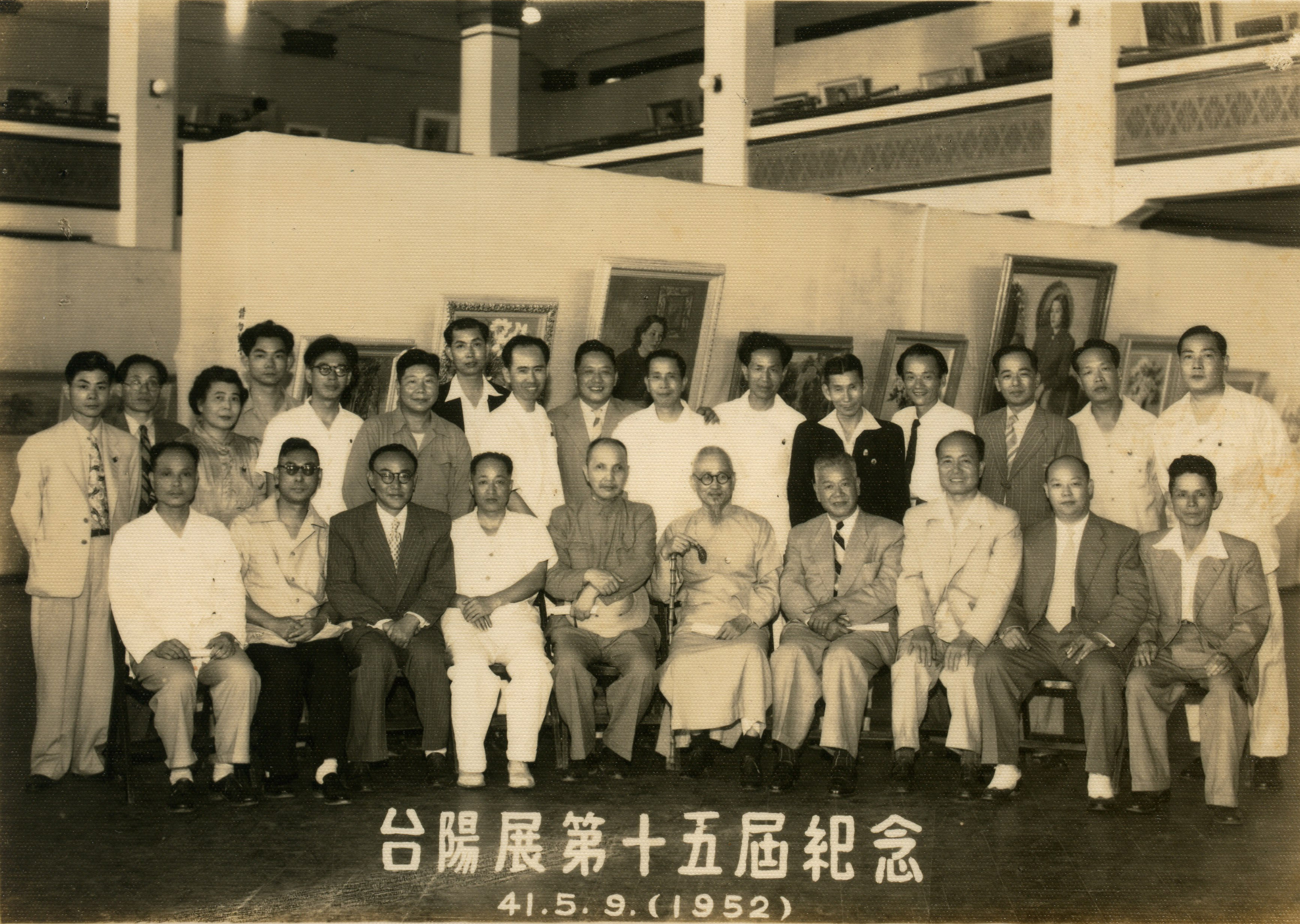Publication date: 29 Jun 2021
Author: Jao Tsu-hsien |Staff member of the Archives of Institute of Taiwan History
A digital collection of archival documents has been in development over the recent years under the auspices of the Archives of Institute of Taiwan History, Academia Sinica. It includes the profiles of such artists from the preceding generations as Chen Cheng-Po, Yen Hsuei-Long, Chen Chih-Chi, Pu Tian-Sheng, Liu Chi-Hsiang, Kuo Hsueh-Hu in addition to papers of the nature of cultural patronage from Yang Zhao-Jia as well as private collections of works of calligraphy and painting and other historical materials. This article focuses on the activities of important artist groups that Taiwanese painters helped to create during the first half of the 20th century. Through selected private manuscripts, letters and documents, images, newspapers and magazines housed in the Archives, the exploration of interactions between various parties in the history of modern art - including individual artists, the painting groups and their patrons - reveals how the arts and society developing in parallel and prospering in unison!




